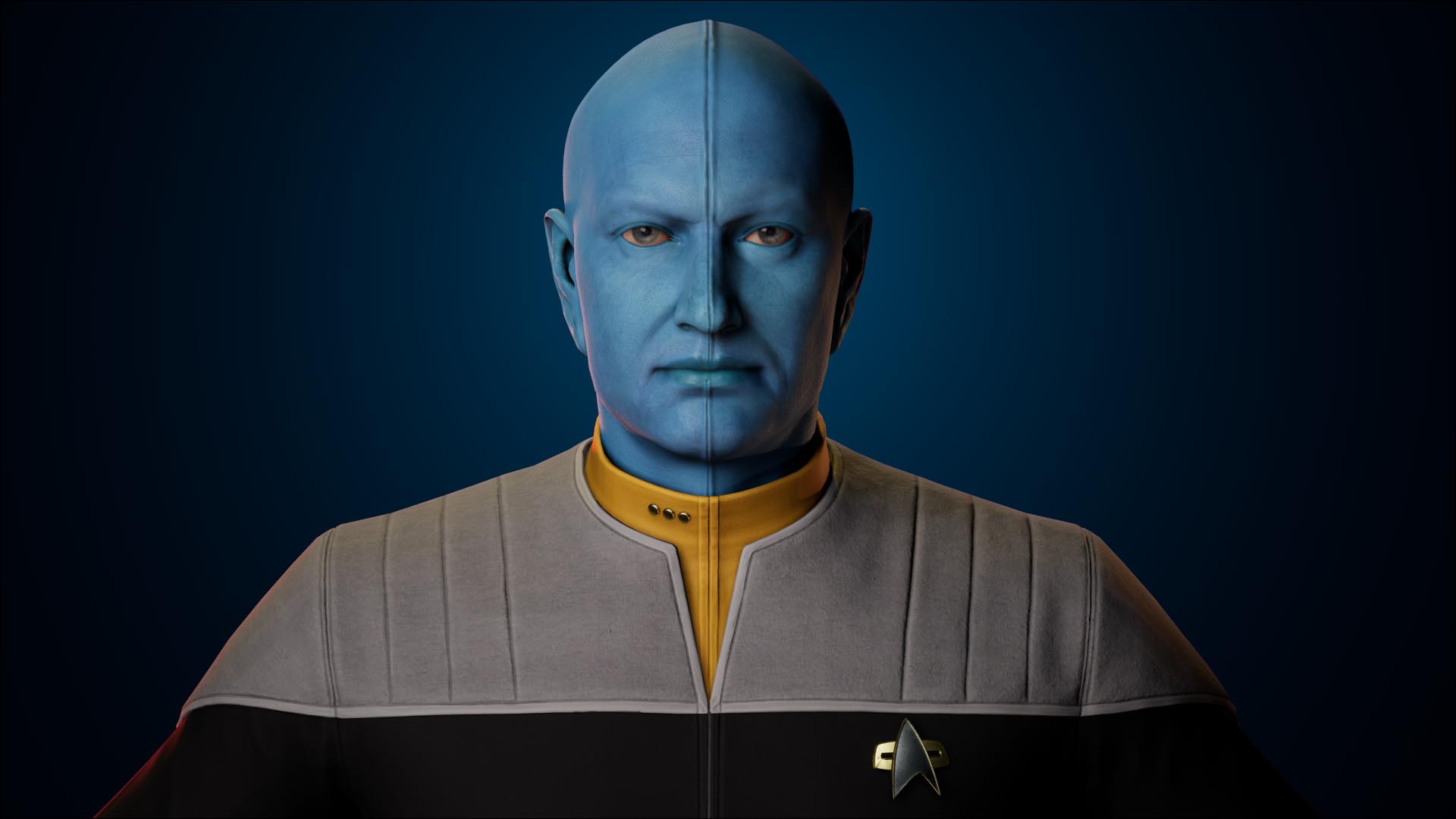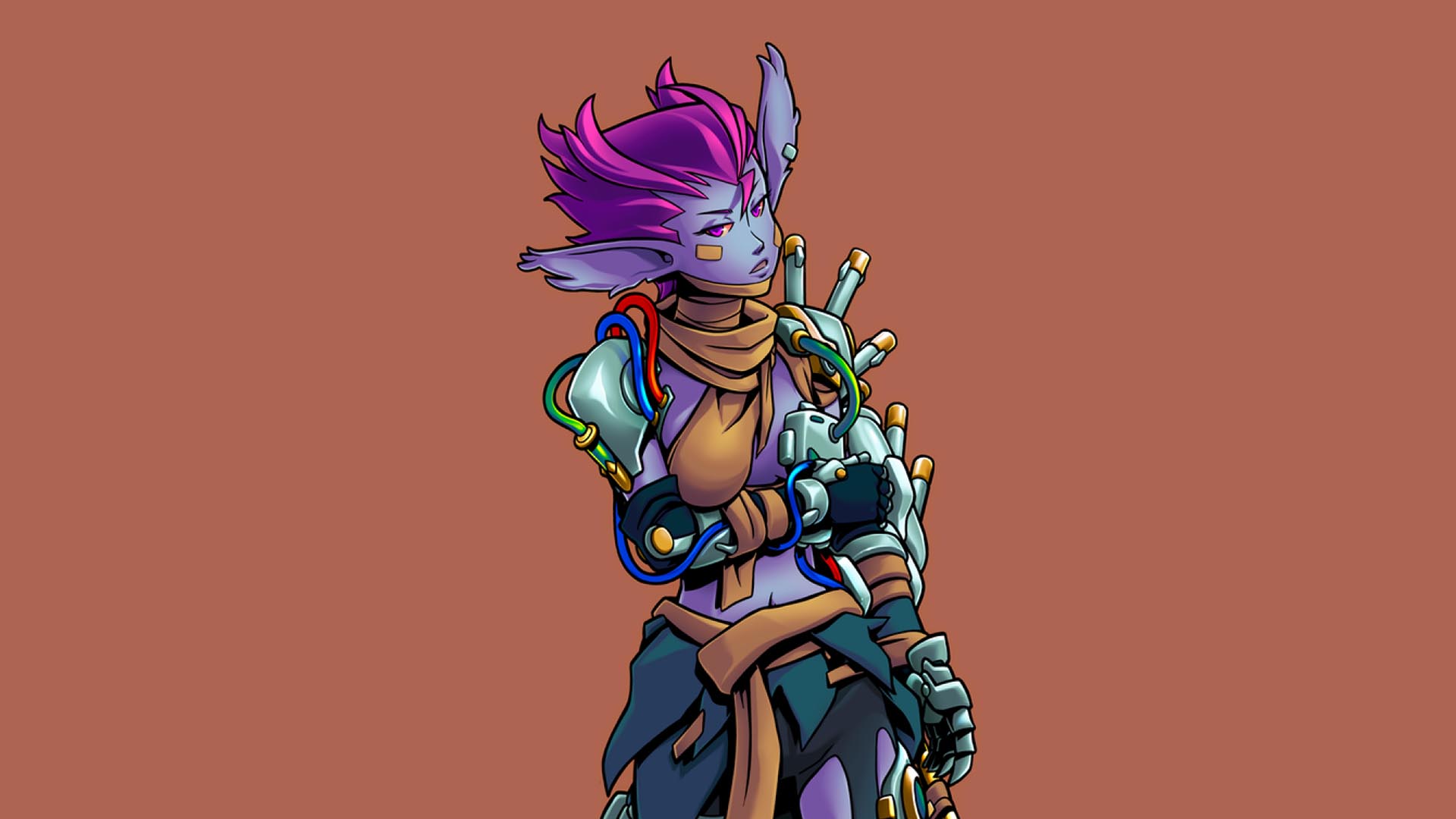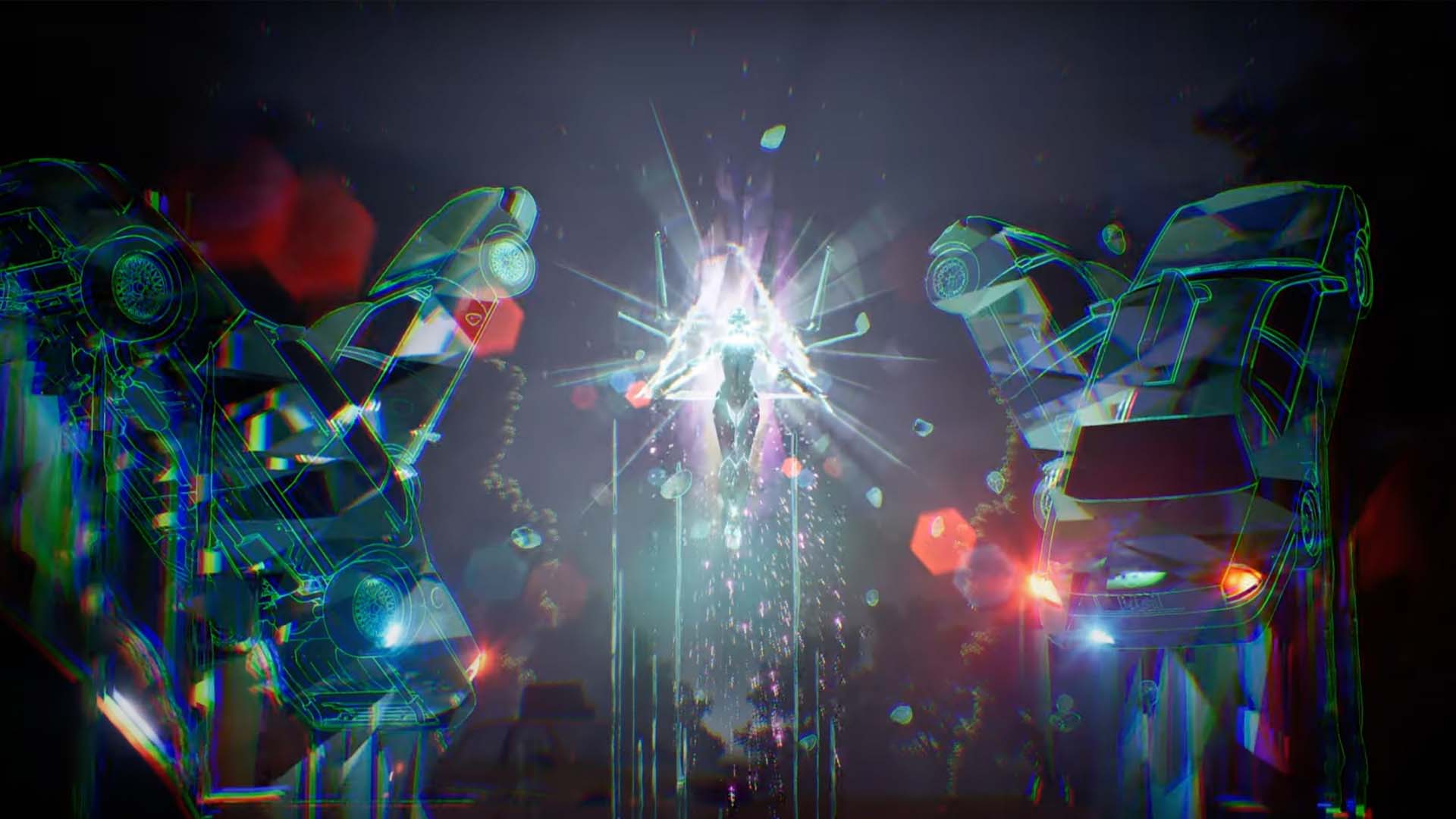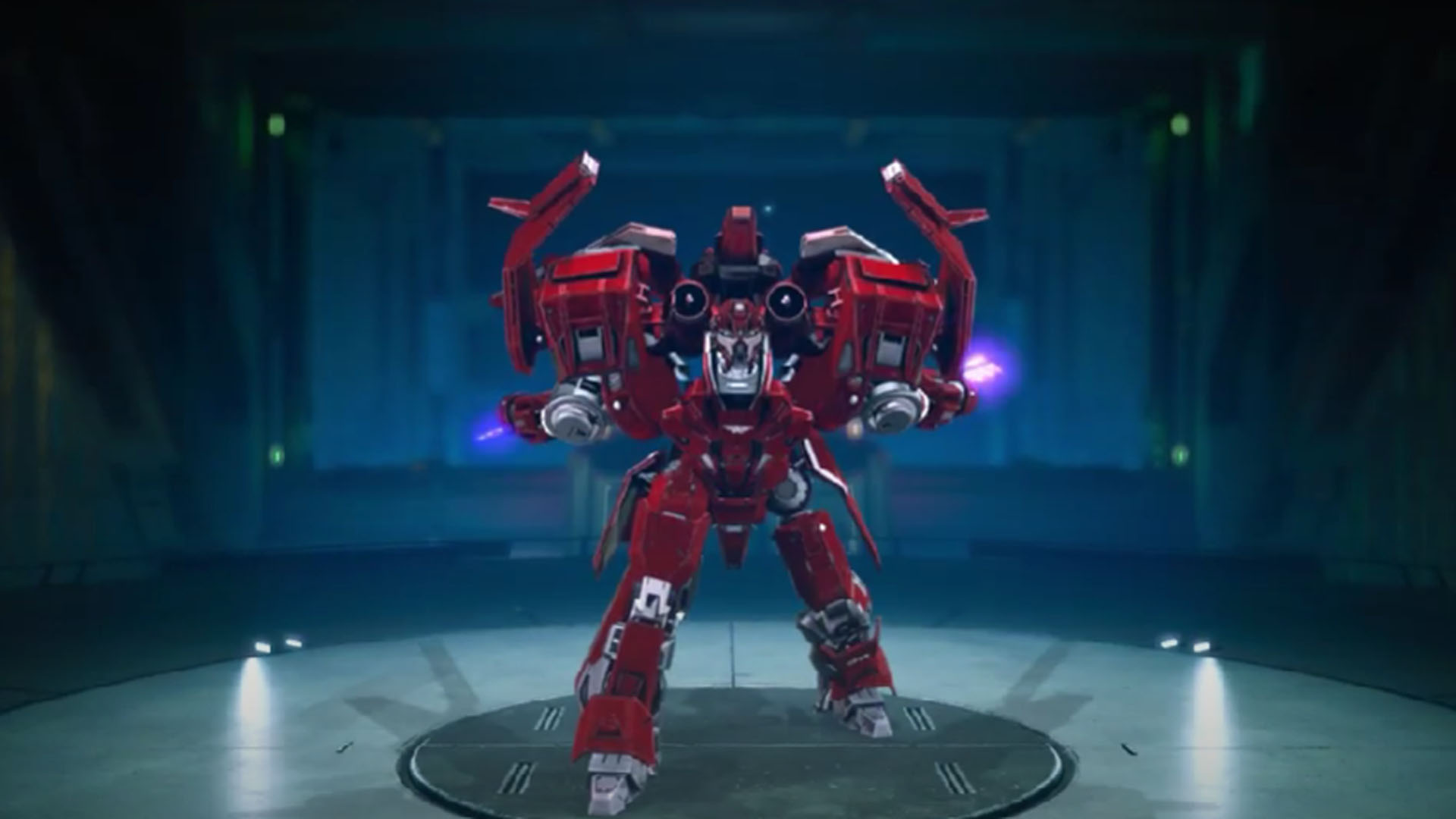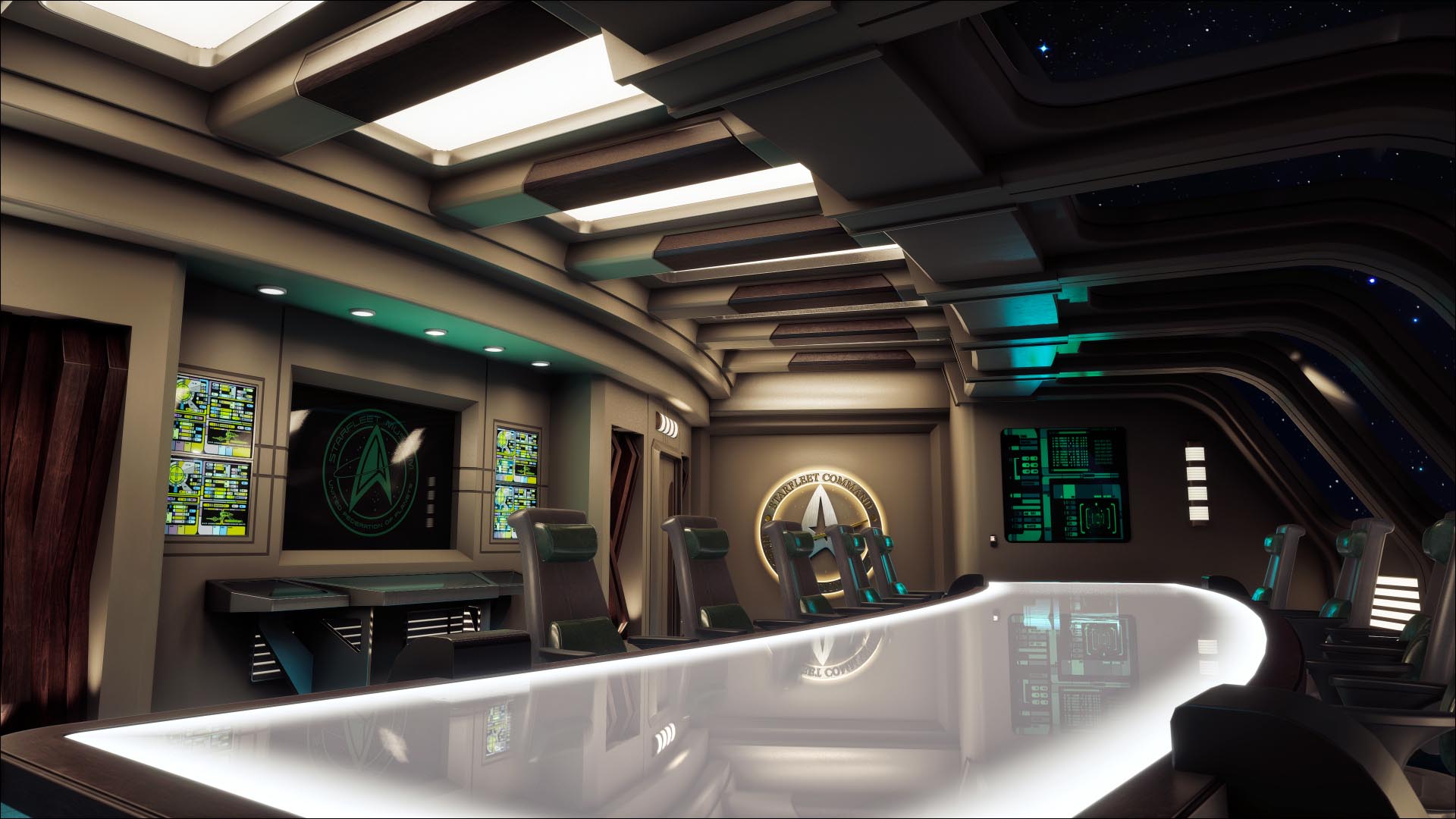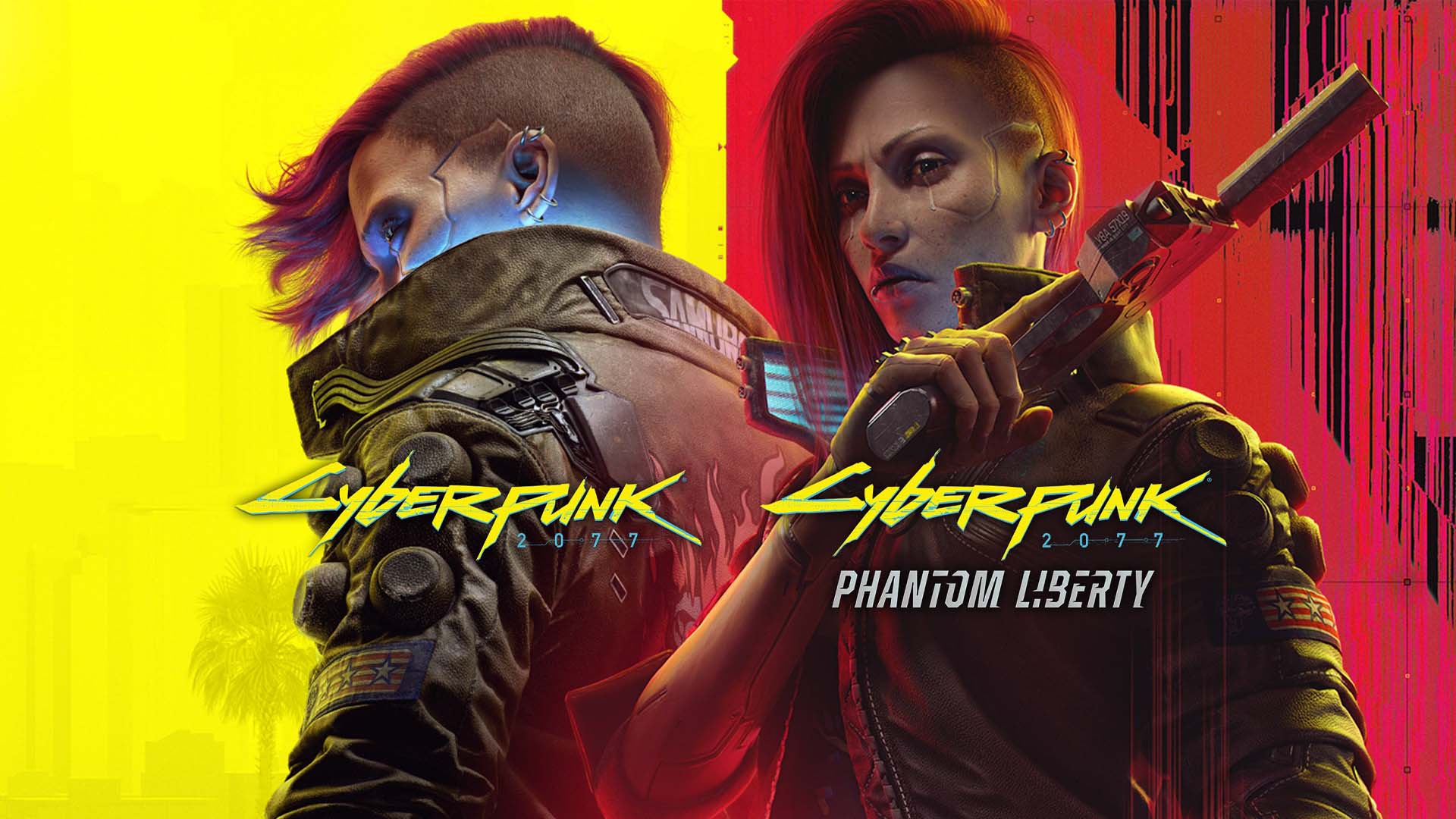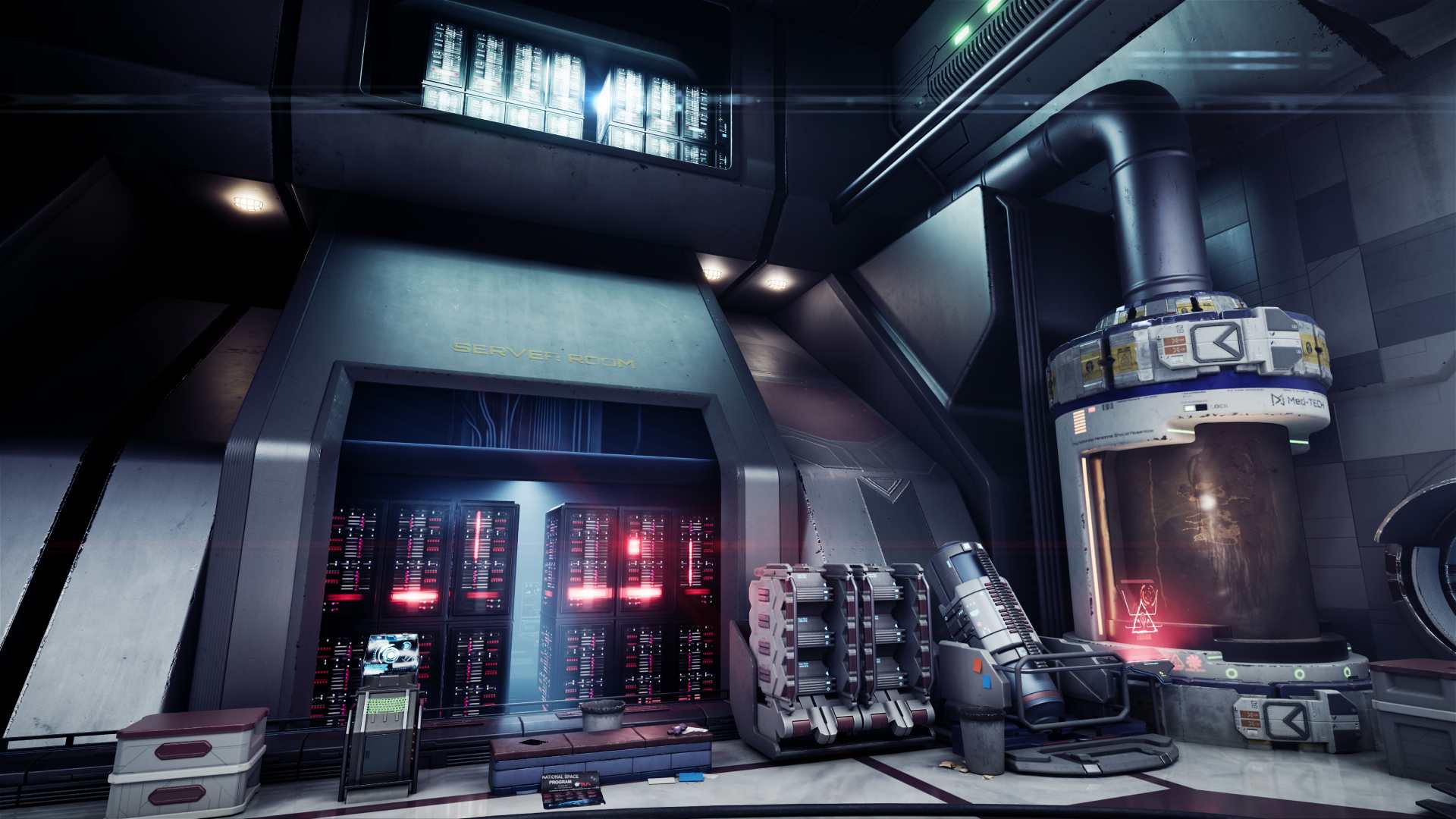Game development is a challenging and involved process. It takes the combined efforts of countless people skilled in different disciplines to get games completed. Unforeseen circumstances can arise, and games can get delayed, but fortunately, there is a time-tested process that, once adhered to, can help development move along swimmingly.
Though some projects might necessitate extra steps, at Magic Media, we’ve seen the success that working within the established seven stages of game development can bring. Each stage is connected to another, and a lack of care during one phase can impact another.
Planning
Before development can truly begin, every game starts with an idea. Once you have your initial idea, the next best step is to flesh it out and answer some foundational questions about it.
At this early stage, it’s critical to figure out the game’s genre, overall art style, and gameplay mechanics. It’s natural for ideas to change as the project progresses, but these core concepts need to start somewhere. Without making sense of these aspects at an early stage, there’s a risk of running into development issues later in the pipeline.
It’s good practice to create a proof of concept for your game at this early stage too. This should address questions surrounding the game such as budget, timeline, publishing, and monetization plans.
Pre-Production
The pre-production stage is where prototypes and storyboards are crafted based on the ideas generated in the planning phase. It’s common for ideas to change as this phase progresses, as it becomes more apparent what will and won’t work for the game.
This is when artists figure out the general visual style and color palette, writers will hone in on the script, and developers will decide on physics engines. With all these pieces in place, full production is ready to begin!
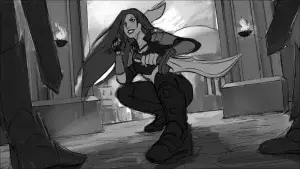
Production
Production is likely going to be the longest stage of any game development project. During production, the majority of building the game is completed – The game world is built, physics and lighting are implemented, audio is worked on, and models are created and textured along with the required animations.
The initial ideas laid out in planning and pre-production come together tangibly during this stage. As mechanics are implemented and the game starts to be functional in a rudimentary way, it will become clear if any mechanics or story elements aren’t going to work cohesively with the rest of them. It’s very common to cut content from the final game at this point if it can’t be fully fleshed out and feel unsatisfying to play.
Production timelines vary wildly from project to project and from one developer to another. While AAA console titles such as Halo and God of War can take years, small-scale indie titles can be crafted in months or even weeks. It’s hugely dependent on the game’s scope and resources available.
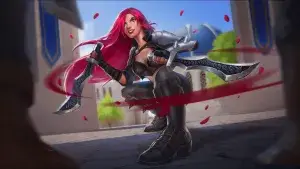
Testing
It’s arguably incorrect to call testing a phase in and of itself, as testing lasts throughout several stages of the development pipeline. Regardless of how it’s labeled, testing is arguably the most important phase next to production.
As the game is built and before it’s available to the public, every aspect of it needs to be tested. The environment, gameplay mechanics, technical performance, and everything else need to be checked for bugs. In particular, game-breaking bugs and soft lock situations where the player can no longer progress need to be tested, reported, and resolved before the game ships.
Pre-Launch
We understand the excitement that the pre-launch period can bring, but the work isn’t over yet! Your game is coming together and it’s in a playable state and its marketing campaign is starting to ramp up. This is a truly exciting time when gameplay trailers, public beta tests, and media activity tends to ramp up.
As the game is revealed to the public, potential players will be expressing criticisms. This is a fantastic opportunity to implement any feedback that makes sense for your game. Not all feedback is applicable, however. If there are suggestions to add guns to a game set in a medieval fantasy world, it wouldn’t make sense to act on that feedback.
Launch
Your game has gone gold, meaning that work on it has been fully completed, and the release date is just around the corner. This is one of the last opportunities to make sure it’s as bug-free as possible before players get their hands on it.
Minor game mechanic changes have been known to happen in his industry during the launch window period, but it’s often unnecessary by making decisions about cutting content earlier in the process during pre-production and production.
Post-Launch
The post-launch period of a game’s lifecycle has become increasingly important and busy for most developers. As games have become more complex, it has become more difficult to ensure they’re 100% free of bugs. As such, it’s become common practice to release day-one patches to address outstanding issues that couldn’t be quashed during the development pipeline.
Depending on the genre of the game, a developer may create further downloadable content for it either for free or as a paid expansion. Live service titles like Destiny 2 continue to receive a wealth of post-launch content to extend the game’s lifespan, but it’s routine in the modern industry for just about any style of game to get extra content. This can be anything from cosmetic items and weapons to long, new sections added to the game in the form of expansions.
Having as much experience as we do in full-cycle development, we understand the importance of working within these phases and the pitfalls that can crop up. While delays and unforeseen circumstances do come up, staying within this framework can help mitigate any issues.
Looking for a development partner who recognizes the importance of a structured development pipeline? Reach out to us today and we’d be more than happy to help you with full-cycle development, or perhaps come on board as a co-dev partner or lend our art service expertize.

